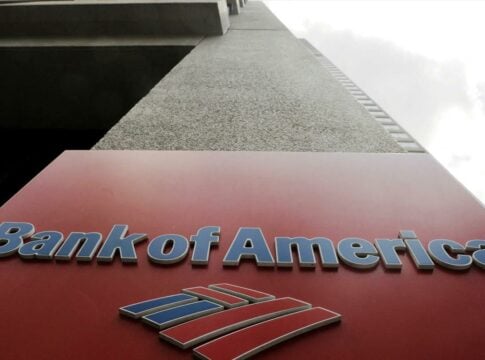Banks are faced with new challenges as the set of proposed banking reforms known as “Basel IV” will come into effect on January 1, 2025.
However, 2025 will also be a year of stress tests for the banks, which should have prepared – and are already doing so – for the requirements provided for by the new Basel regulations.
The changes brought about by “Basel III” focused mainly on strengthening the quality and quantity of banks’ regulatory capital, i.e. the numerator of the regulatory capital ratio.
The reforms proposed in “Basel IV ” promote changes in the way banks calculate and quantify risk weighted assets, i.e. in simpler terms the denominator of the regulatory capital ratio.
Risk-weighted assets cover various types of risk (credit, market, operational, interest rate) and are considered to be vital for determining the regulatory capital.
Major changes
Basel IV changes mainly focus on:
a. the calculation of market risk (for example, how do bonds affect banks’ balance sheets)
b. off-balance sheet items (that is, how the banks will use hitherto unused limits at their disposal) and finally the way in which the banks deal with participations.
New operational model
Banks are already rethinking their operational model.
Regarding the provision of credits and services to the European economy, especially in terms of the Greek banks, there should be significant changes since the loans granted by the banks after the financial crisis that the country went through are sub-multiples of their deposit base.
The increased cost of financing is passed on to the real economy and thus reduces the supply of loans to businesses.
All of the above will be a difficult exercise for banks that have already proceeded to automate their operations by reducing their operating costs in order to cope with the new increased supervisory burdens.













